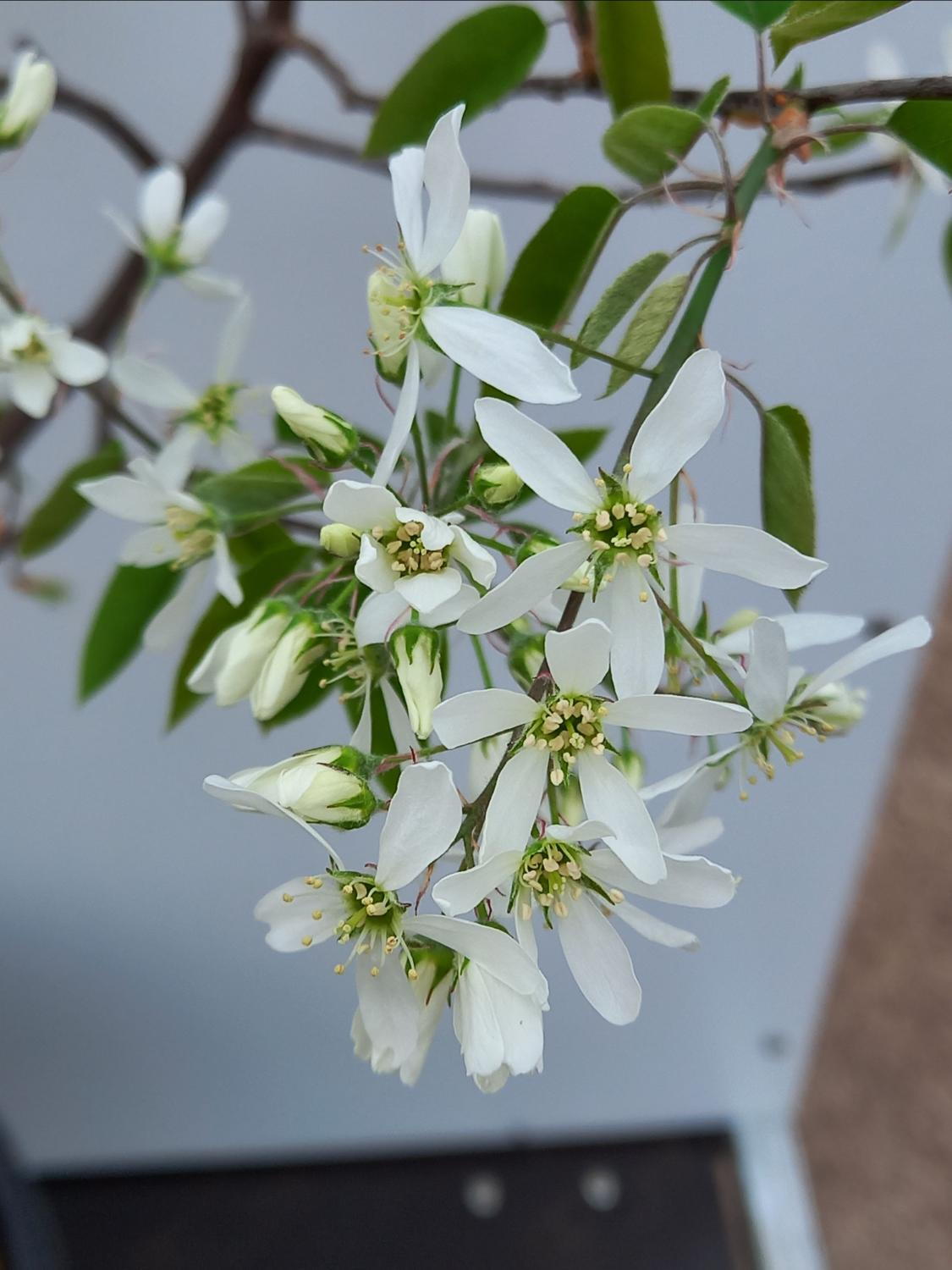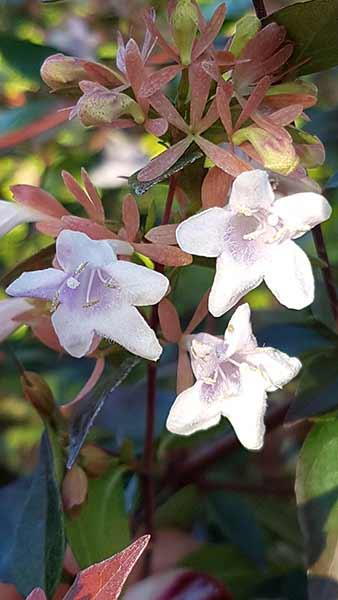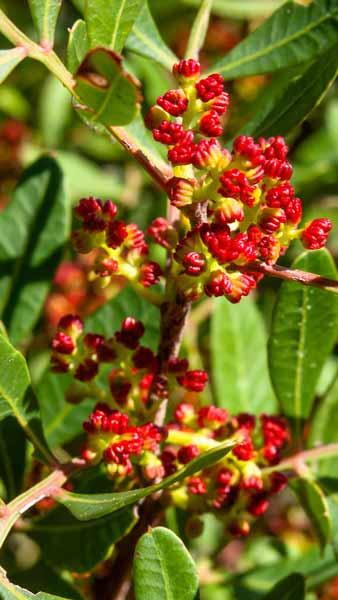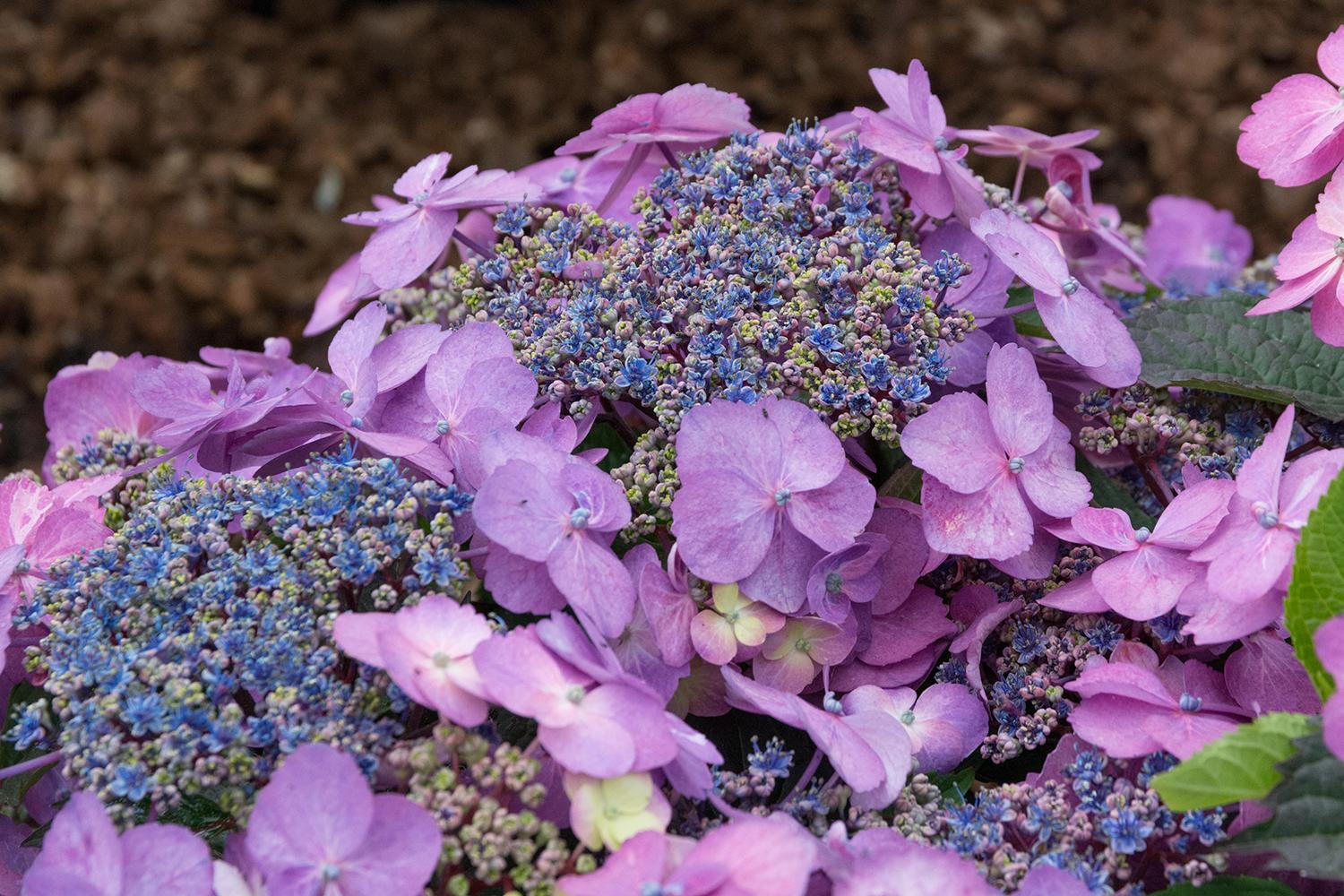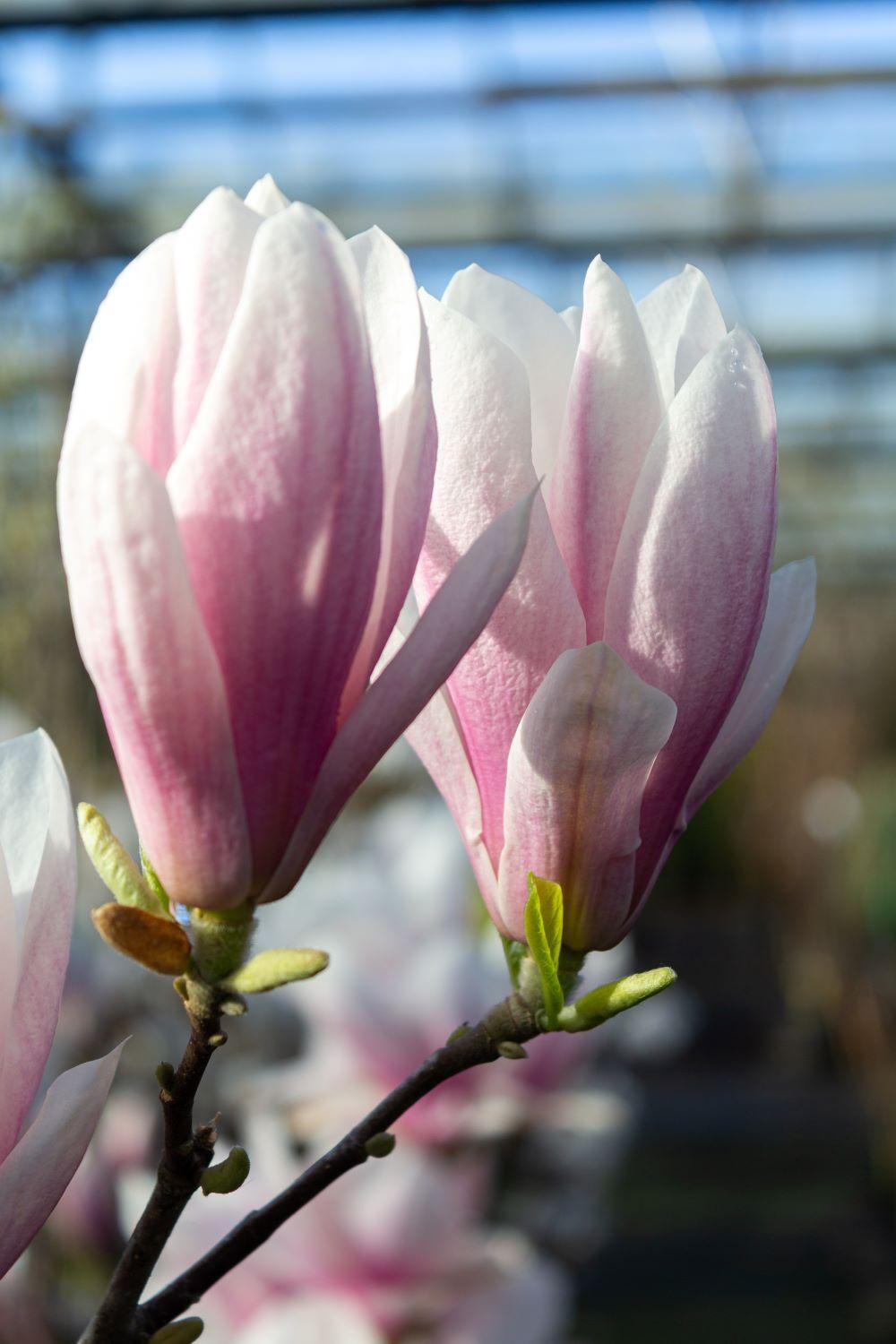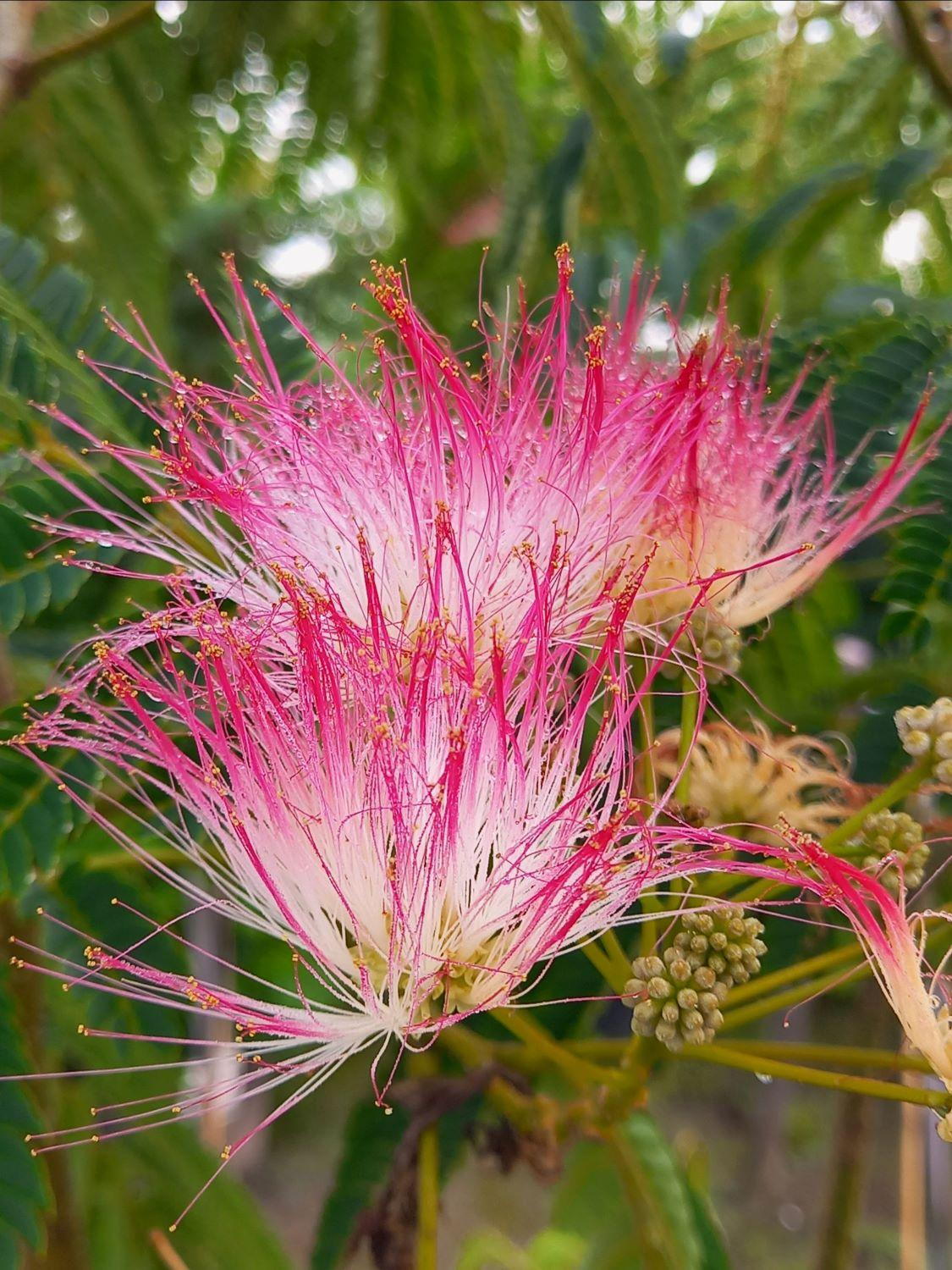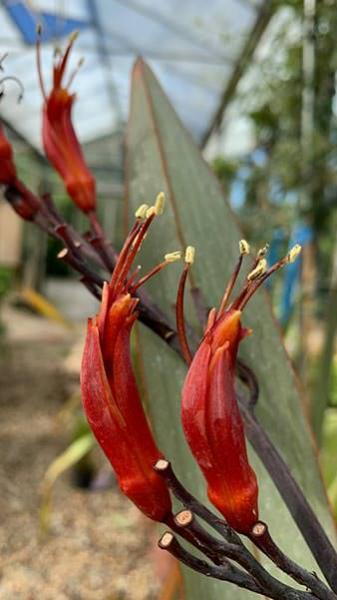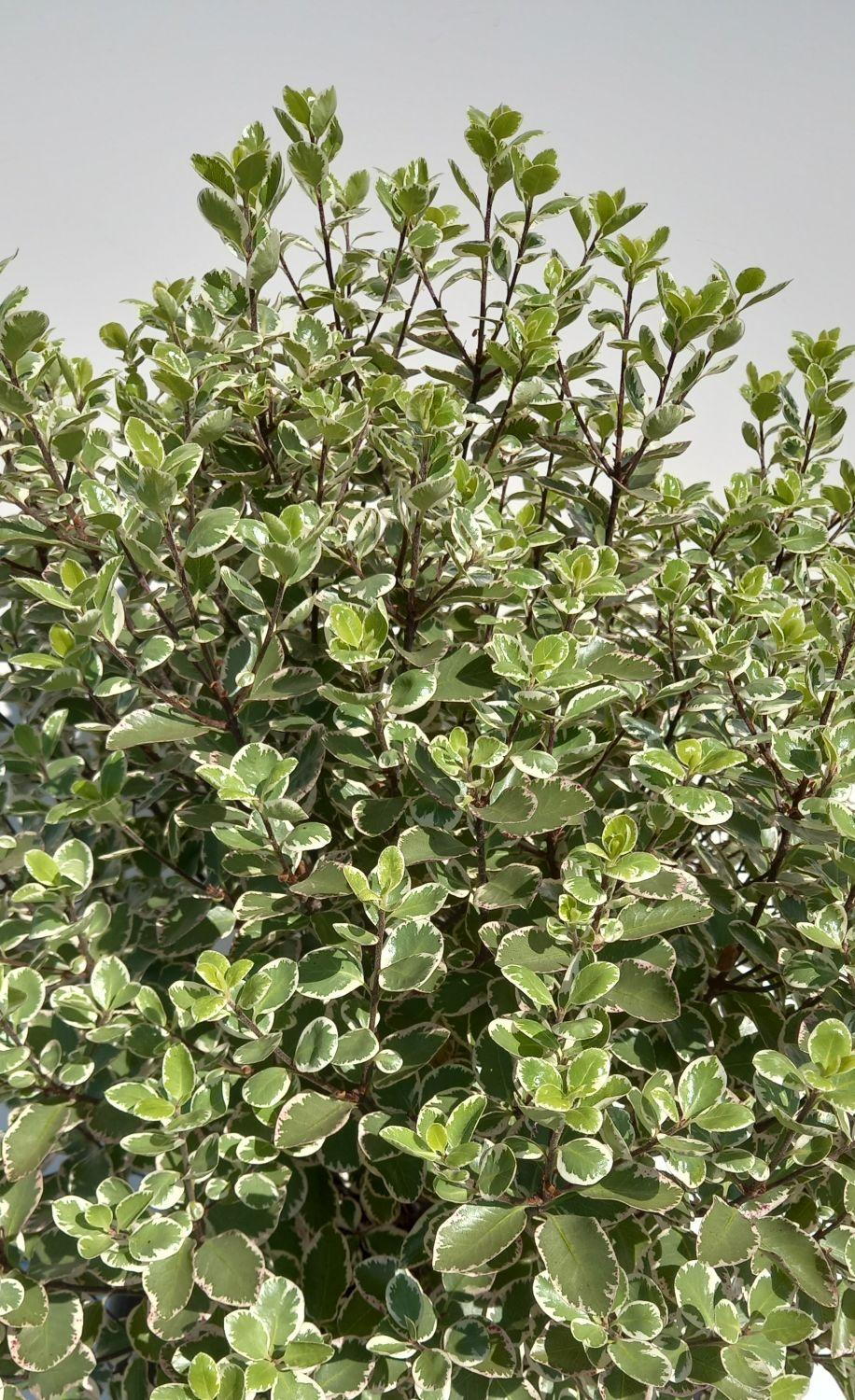Chionanthus Virginicus or Fringe Tree for Sale UK
Chionanthus VirginicusA North American native, Chionanthus Virginicus, more commonly known as the Fringe Tree, can be grown as a large deciduous shrub or a small bushy tree, with impressive, milky white blooms. The showy flower clusters and bushy habit can add drama to your garden, without overshadowing other plants. During June and July, the Fringe Tree is enveloped with subtly fragrant cloudy-white flowers borne in loose terminal panicles. The drooping, fleecy clouds of blossoms look stunning in full bloom, completely eclipsing the simple foliage. However, the large, entire leaves with an opposite pattern steal the spotlight in autumn, when they turn golden-yellow. Since Chionanthus Virginicus is dioecious, meaning that it has separate male and female plants, expect the male plant’s flowers to be more prominent, larger and with longer petals, while the female’s flowers give way to blackish-blue fruits after the blossoming season ends. In both cases, the Fringe Tree will look stunning, regardless of the sex of the plant. The Fringe Tree prefers full sun, and fertile, acidic soil with good drainage. It can tolerate partial shade, but it won’t bloom as prolifically as it would in direct sunlight. Although it prefers well-drained soil, it will wilt and sulk if the soil is too dry. This shrub grows naturally in boggy ground, so it will need moisture- whether naturally occurring or preserved by mulch. This slow-growing plant can grow to be 2.5 to 4 metres tall and wide, over a period from 10 to 20 years. Disease and pest free, this deciduous, bushy tree is rather resistant. Able to withstand severe winter temperatures, the Fringe Tree is fully hardy in all of UK. The broad, spreading, erect, bushy habit of Chionanthus Virginicus requires minimal pruning. Apart from cutting dead or damaged twigs, there’s not much maintenance needed. To encourage a tree-like habit in this deciduous bush, remove the lower branches, which will mimic the shape of a trunk. If left untouched, the Fringe Tree will grow in shape of a large, globe-shaped shrub.Most commonly used as a specimen plant, Fringe Tree is also suitable to be planted as a part of a border, along flower beds and wall-side. The clouds of spectacular drooping, delicate white flowers definitely make an impression, even when they start to fade and form a snow-white carpet on the ground below. Chionanthus Virginicus can provide shade when fully mature, and it’s often planted beside patios.







